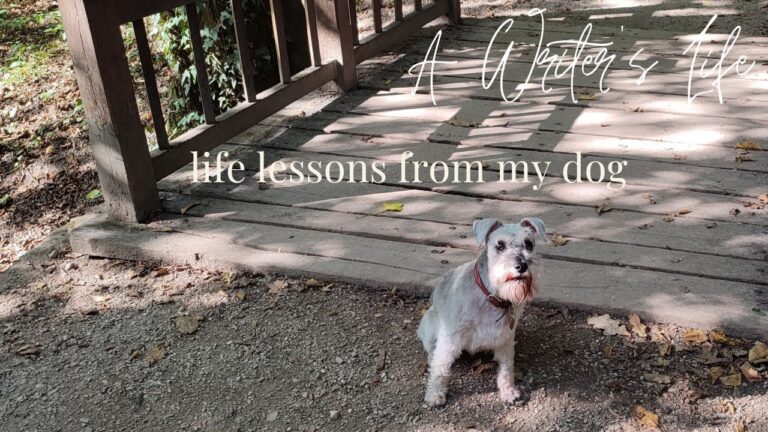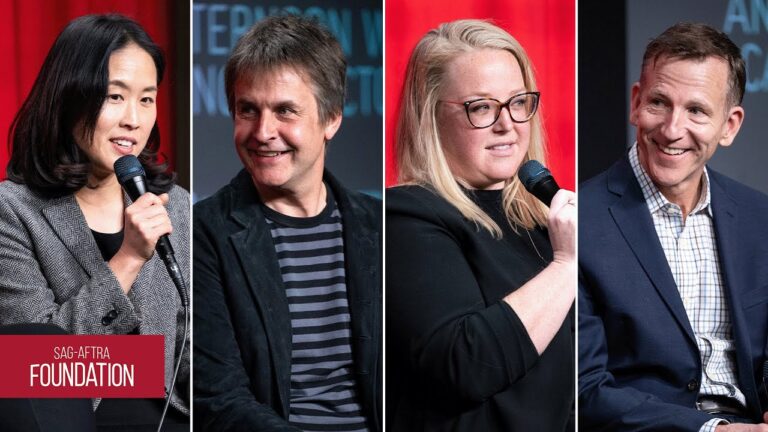Explore the World of Floral Design: Job Description and Salary!

Floral Designer Job Description Template
Floral designer is a creative professional who specializes in the art of arranging flowers and creating floral displays. They work in various settings such as flower shops, event planning companies, or even freelance. The primary responsibility of a floral designer is to create visually appealing flower arrangements that meet the client’s requirements and preferences. They carefully select flowers, foliage, and other materials based on color, texture, and size to create harmonious designs. Floral designers also consider the occasion or event for which the arrangement is intended to ensure that it appropriately conveys the desired message. Attention to detail is an essential quality for a floral designer as they must ensure that the arrangements are flawless and visually pleasing. They must have a keen eye for color combinations and the ability to create unique and innovative designs. Another important aspect of the job is customer service. Floral designers regularly interact with clients to understand their needs and preferences. They provide guidance and suggestions to help clients choose the most suitable floral arrangements for their occasions. In addition to creating arrangements, floral designers also handle various tasks such as ordering flowers and supplies, maintaining inventory, and managing the overall appearance of the flower shop or workspace. They may also collaborate with other event professionals, such as wedding planners, to create cohesive and stunning floral designs. Overall, a floral designer combines their artistic skills with a passion for flowers to create beautiful and memorable arrangements. They bring joy and beauty to people’s lives through their creations, making it an incredibly rewarding profession for those who have a love for nature and design.Floral Designer Responsibilities
Floral Designer Requirements
How Much Does A Floral Designer Make?
Floral Designer Salary
| Experience Level | Average Annual Salary |
|---|---|
| Entry Level | $25,000 – $35,000 |
| Mid-Career | $35,000 – $45,000 |
| Experienced | $45,000 – $55,000 |
| Senior | $55,000+ |
A floral designer’s salary varies depending on their experience level. Entry-level floral designers can earn an average annual salary between $25,000 and $35,000. As they gain more experience, their salary can increase to an average of $35,000 to $45,000 for mid-career floral designers. Experienced floral designers can earn between $45,000 and $55,000 annually. Senior floral designers, who have extensive experience and expertise in the field, can earn a salary of $55,000 or more per year. It’s important to note that these salary ranges can vary based on factors such as location, employer, and additional skills or certifications.
Floral Designer Salaries by Country
Top Paying Countries for Floral Designer
| Country | Average Salary (USD) |
|---|---|
| Switzerland | $41,000 |
| United States | $37,000 |
| Canada | $35,000 |
| Australia | $33,000 |
| Netherlands | $32,000 |
Floral designers in Switzerland earn the highest average salary globally, with an annual income of around $41,000. Following closely is the United States, where floral designers make an average of $37,000 per year. Canada and Australia also offer competitive salaries for floral designers, ranging from $33,000 to $35,000. The Netherlands completes the list of top-paying countries with an average salary of $32,000 for floral designers. These salaries may vary based on factors such as experience, qualifications, and the specific floral industry within each country.
A video on the topic Floral Designer
Video Source : Michael GaffneyInterview Questions for Floral Designer
1. Can you tell me about your experience as a floral designer?
I have been working as a floral designer for the past five years. During this time, I have gained experience in creating floral arrangements for various events such as weddings, parties, and corporate functions. I have also worked closely with clients to understand their preferences and create customized designs that meet their needs.
2. What is your approach to creating floral arrangements?
My approach to creating floral arrangements is to first understand the occasion and the client’s preferences. I then carefully select the appropriate flowers, taking into consideration factors such as color, texture, and seasonality. I pay attention to detail and ensure that the arrangement is visually appealing and reflects the client’s style.
3. How do you stay updated with the latest trends in floral design?
I regularly attend workshops, seminars, and industry events to stay updated with the latest trends in floral design. I also follow floral design blogs and social media accounts of renowned floral designers. Additionally, I am a member of professional floral design associations, which provide access to resources and networking opportunities.
4. Can you describe a challenging project you have worked on and how you overcame it?
One challenging project I worked on was creating floral arrangements for a high-profile corporate event with a tight deadline. To overcome this challenge, I carefully planned the logistics and ensured that all necessary materials were sourced well in advance. I also worked closely with a team of assistants to streamline the process and meet the deadline successfully.
5. How do you handle client feedback and requests for changes?
I value client feedback and see it as an opportunity to improve my work. When a client requests changes, I listen carefully to their concerns and ask for specific details on what they would like to be changed. I then make the necessary adjustments and present the revised design to the client for their approval. I believe in open communication and collaboration with clients to ensure their satisfaction.
6. What is your favorite floral design style and why?
My favorite floral design style is modern and minimalist. I appreciate the clean lines and simplicity of this style, which allows the beauty of each flower to shine. I also find that modern floral arrangements have a contemporary and elegant appeal, making them suitable for a wide range of occasions.
7. How do you ensure the freshness and longevity of your floral arrangements?
To ensure the freshness and longevity of my floral arrangements, I source flowers from reputable suppliers who provide high-quality and fresh blooms. I also carefully handle the flowers, ensuring that they are properly hydrated and stored at the appropriate temperature. Additionally, I use floral preservatives and follow best practices for conditioning and arranging flowers.
8. How do you handle working within a budget for floral arrangements?
When working within a budget for floral arrangements, I prioritize the client’s needs and preferences. I focus on selecting flowers and materials that fit within the allocated budget without compromising the overall quality and visual appeal of the arrangements. I also explore creative ways to maximize the impact of the design while keeping costs in check.
9. Can you share your process for collaborating with event planners and other vendors?
When collaborating with event planners and other vendors, I believe in open communication and teamwork. I ensure that I understand their vision for the event and work closely with them to create floral arrangements that complement the overall theme and atmosphere. I also coordinate logistics, such as delivery and setup, to ensure a smooth and successful event.
10. What do you enjoy most about being a floral designer?
What I enjoy most about being a floral designer is the ability to bring beauty and joy to people’s lives through flowers. I love the creative process of designing unique arrangements and seeing the positive impact it has on clients and event attendees. It is incredibly rewarding to know that my work can enhance special moments and create lasting memories.






